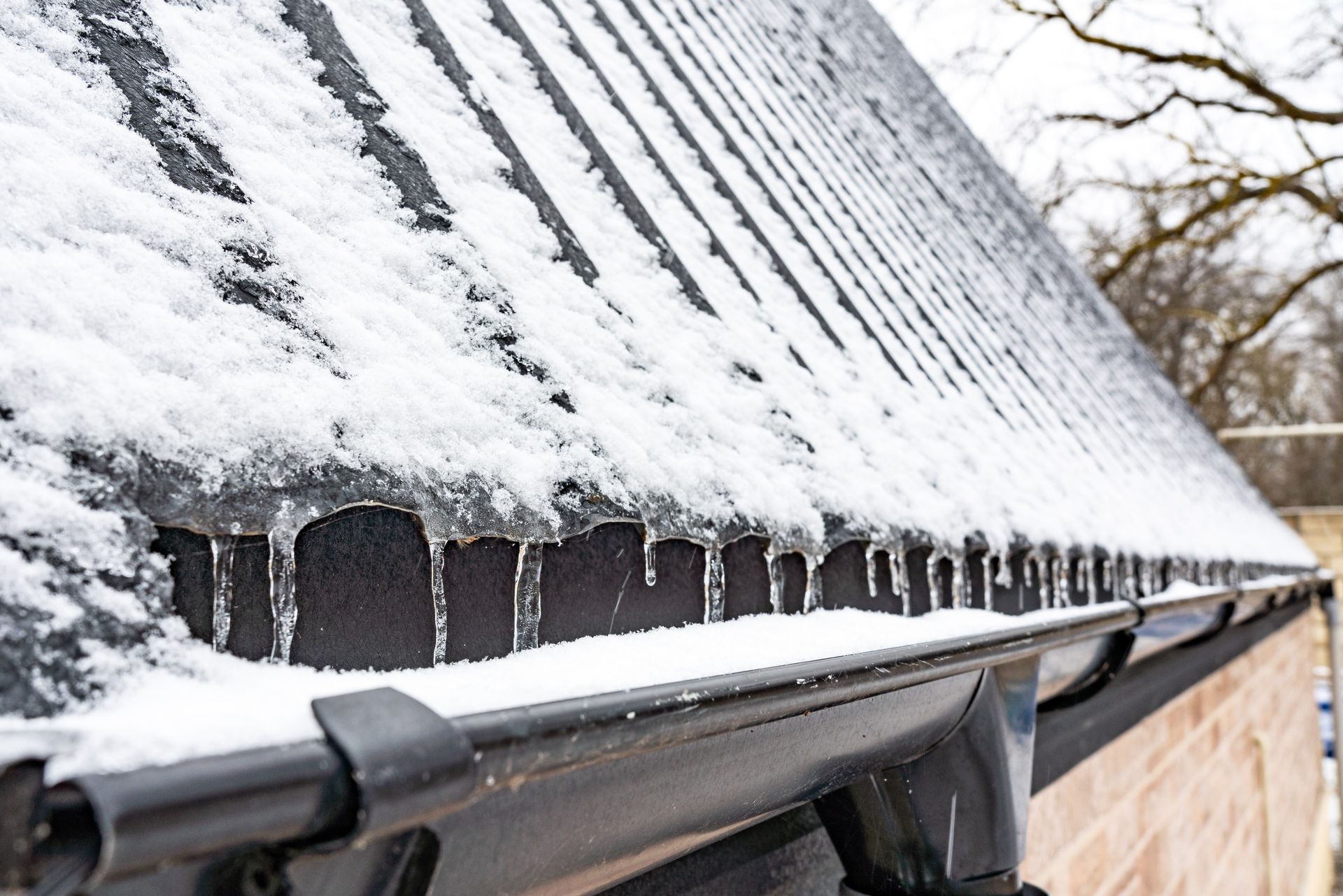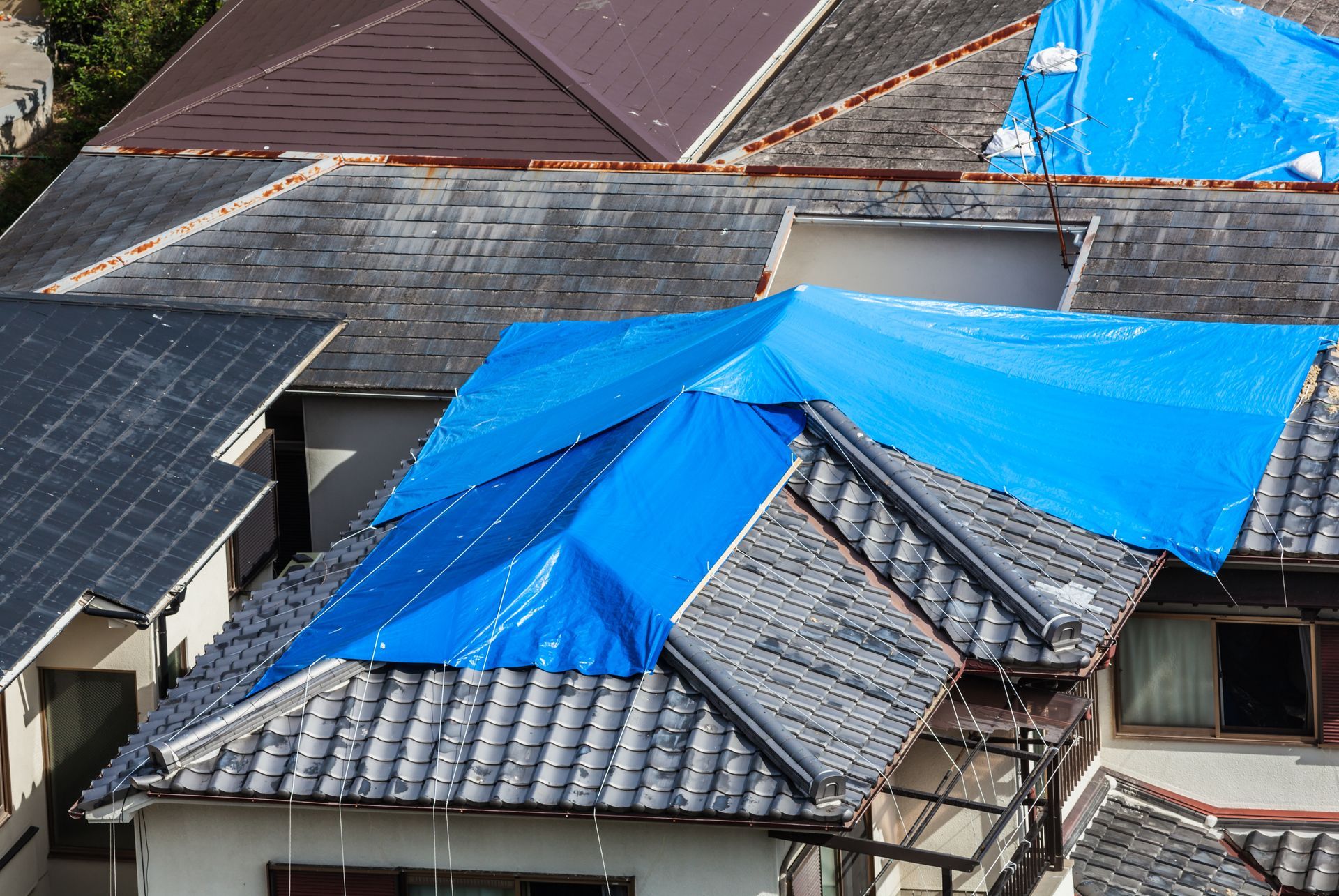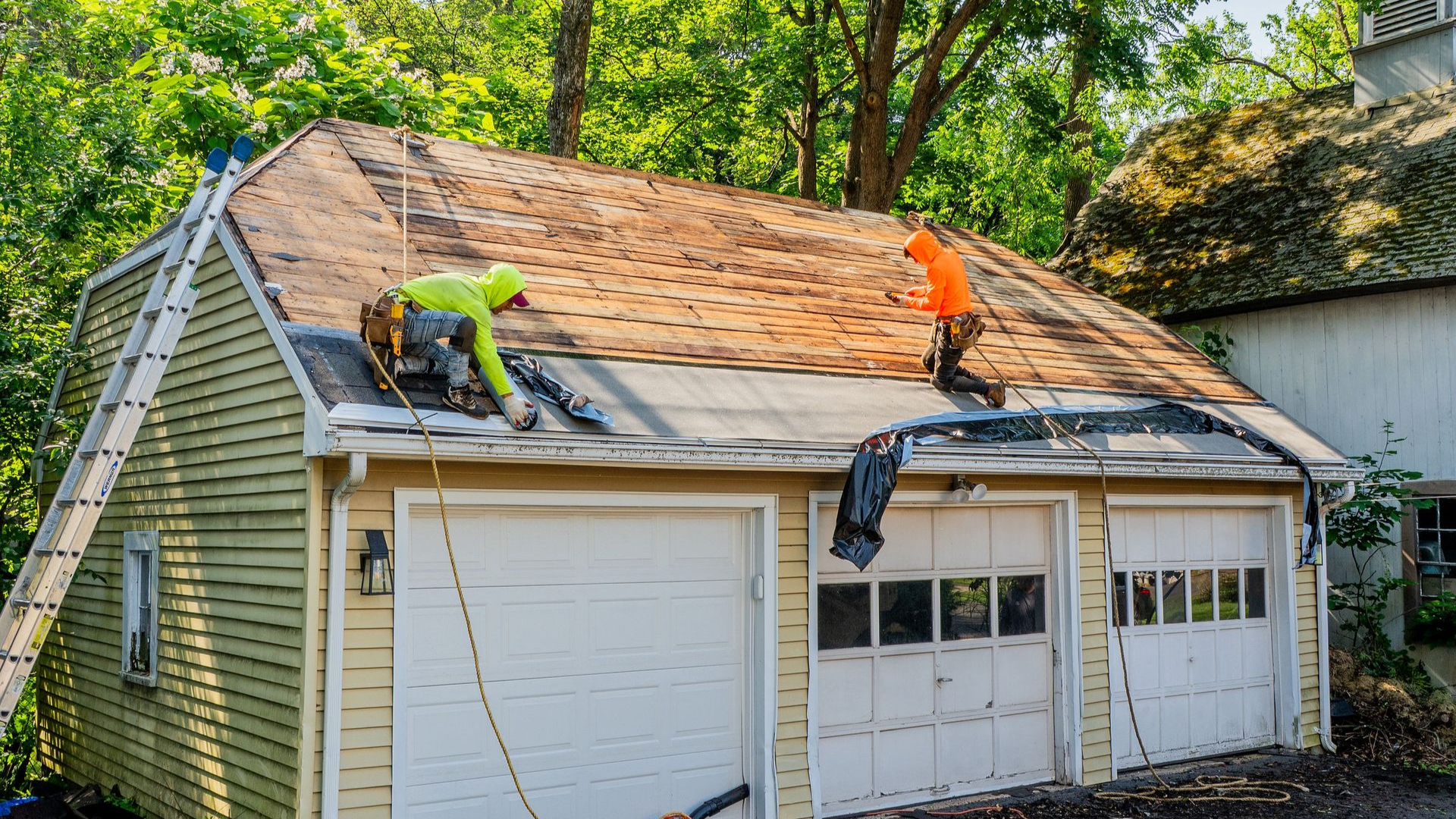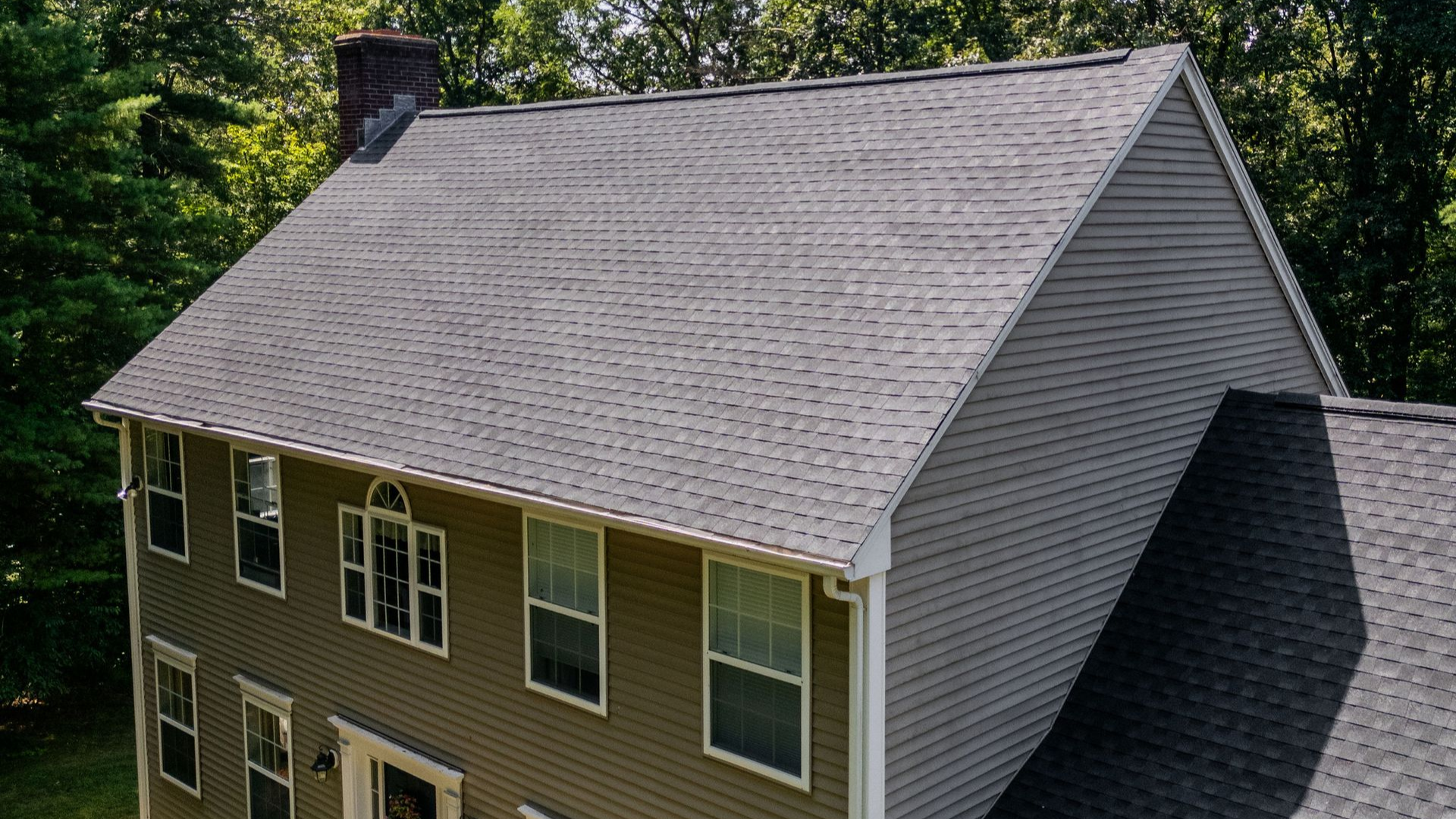Asphalt Roof Maintenance Checklist: Everything Homeowners Need to Know
September 25, 2025
At Artisan Building and Remodeling, we've been helping Connecticut homeowners care for their roofs for years. That means we’ve seen what happens when roof maintenance is ignored and we’ve also seen how a little care can make an asphalt roof last much longer. So when we talk about roof care, we’re not guessing. We live it, we do it, and we know what works.
If you're wondering what kind of maintenance your asphalt roof needs and when you’ve come to the right place. In this guide, we’ll break down the steps in an easy-to-follow checklist to help you protect your home, avoid costly roof repairs, and extend the life of your roof.
Why Maintain Your Asphalt Roof?
Taking care of your roof isn’t just a chore it’s an investment in your home. Here’s why it matters:
- Longer roof lifespan – Regular maintenance helps your roof last as long as possible.
- Fewer costly repairs – Spotting small problems early prevents bigger, more expensive damage.
- Protects your home – Your roof is your home’s first line of defense against the weather.
- Boosts curb appeal – A clean, well-maintained roof looks better and adds value.
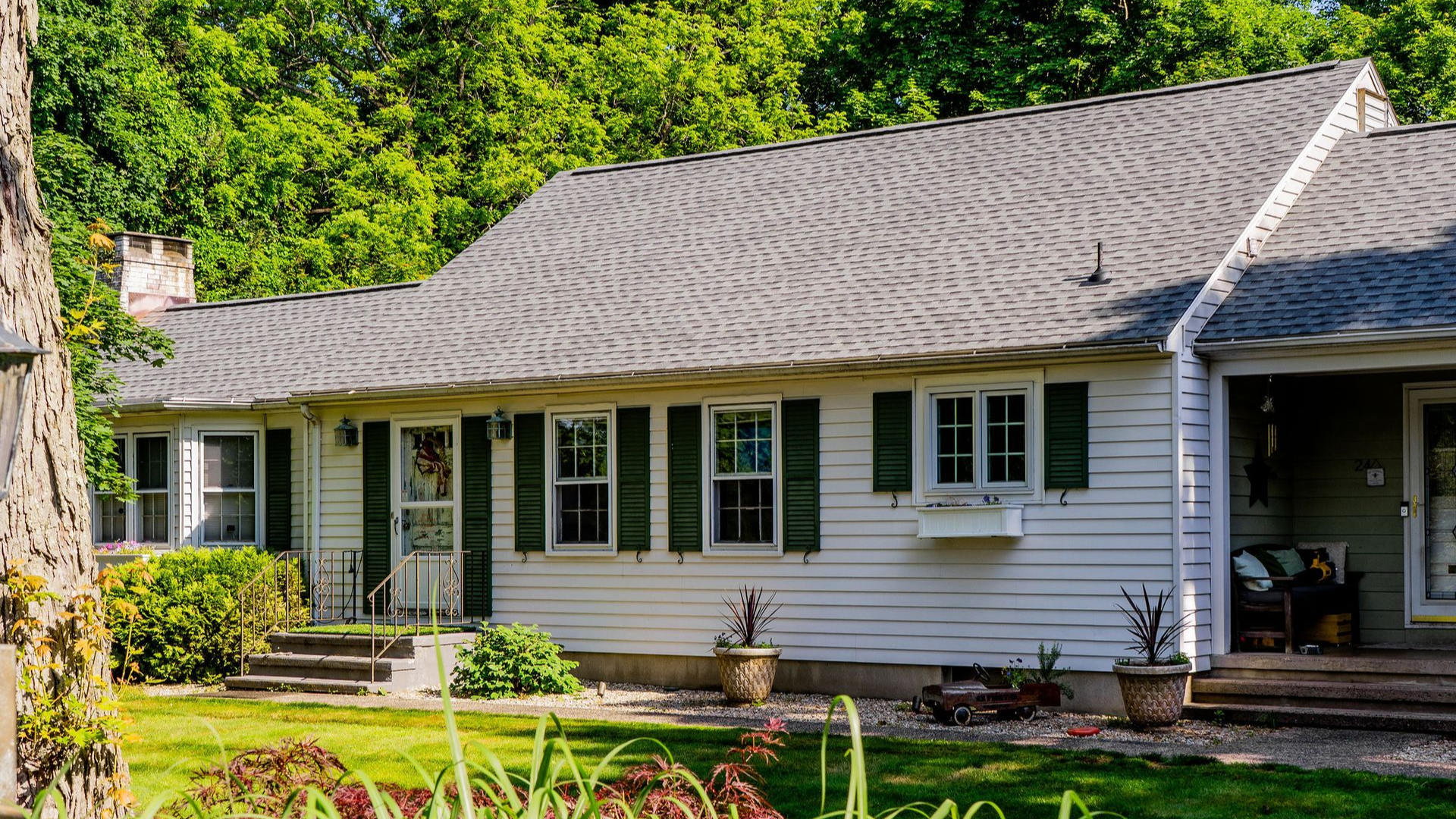
Seasonal Roof Maintenance Overview
Your roof deals with a lot every season rain, snow, sun, leaves, and more. Here’s a quick guide to what to look for each time of year:
- Spring – Inspect for damage from winter storms. Clean gutters. Look for leaks or missing shingles.
- Summer – Check for signs of heat damage, sagging, or algae growth. Trim nearby trees.
- Fall – Clear leaves and debris from the roof and gutters. Inspect flashing and shingles before winter.
- Winter – Watch for ice dams, snow buildup, and interior leaks. Avoid walking on the roof when icy.
Visual Inspection From the Ground
You don’t need to climb up on your roof to see signs of trouble. Here’s what to look for from your yard or driveway:
- Cracked, curling, or missing shingles
- Debris, moss, or dark streaks
- Sagging or uneven areas on the roofline
- Granules around your downspouts (a sign of shingle wear)
These warning signs can be early indicators of bigger problems.
Inspect and Clean Gutters
Gutters play a big role in roof health. If they’re clogged, water can back up and damage your roof, siding, or even your foundation.
- Clean your gutters at least twice a year more often if you have overhanging trees.
- Check for sagging sections, loose hangers, or downspouts that aren’t draining.
- Install gutter guards to help reduce buildup and save time.
Clean gutters = a happy roof.
Remove Moss, Algae, and Debris
Moss and algae might seem harmless, but they can damage your asphalt shingles over time by holding moisture against the roof.
- Use a soft-bristle brush or low-pressure rinse to remove moss.
- Never use harsh chemicals or high-pressure washers.
- Trim back tree branches to reduce shade and prevent regrowth.
Keeping your roof clear helps it dry properly and last longer.
Check Flashing, Vents, and Skylights
Flashing is the thin metal that seals edges and roof penetrations (like chimneys or vents). If it’s damaged, leaks can start quickly.
- Look for cracked sealant or rust around flashing.
- Check for lifted edges or loose nails.
- Make sure vents and skylights are properly sealed.
These are common leak points don’t skip them during inspection.
Inspect Interior for Signs of Damage
Sometimes, the first sign of roof damage shows up inside your home.
- Check your attic and top-floor ceilings for
water stains,
peeling paint, or
moldy smells.
- Look for
sunlight shining through the roof boards in the attic.
- Feel for
damp insulation, which may point to a hidden leak.
Catching interior signs early can save you thousands in repairs.
Schedule a Professional Roof Inspection
While DIY inspections are helpful, there’s no substitute for a professional eye.
- Get a
professional inspection once a year, or after a major storm.
- Roofing pros will check under shingles, test the flashing, inspect structural elements, and more.
- We know what hidden damage looks like and how to stop it before it gets worse.
Need help? Artisan Building and Remodeling offers thorough roof inspections across Connecticut.
DIY vs. Professional Maintenance
Here’s what you can probably do yourself and what’s better left to the pros.
DIY Tasks:
- Cleaning gutters
- Visual inspections from the ground
- Removing light debris or moss
- Checking attic for leaks
Hire a Pro For:
- Replacing shingles
- Flashing repair
- Leak detection and repair
- Storm damage assessment
- Full roof inspections
Safety first: if you’re not comfortable, call a professional.
Printable Asphalt Roof Maintenance Checklist
To make things easy, we’ve created a free printable roof maintenance checklist you can use every season. Just check off items as you go!
Print it out, keep it in your garage or home binder, and stay on top of your roof care year-round.
Conclusion and Call to Action
Your asphalt roof works hard every day to protect your home don’t let it down. By following a simple maintenance checklist, you can avoid major issues, save money, and keep your home safe and dry.
At
Artisan Building and Remodeling, we’re here to help with inspections, repairs, and expert advice. If you notice signs of wear or just want peace of mind,
contact us today for a professional roof inspection.
Frequently Asked Question's
About Asphalt Roof Maintenance
How often should I inspect my asphalt roof?
You should perform visual inspections from the ground seasonally (4 times per year), with more thorough checks in spring and fall. Schedule a professional inspection annually or immediately after major storms. Regular seasonal inspections help catch small issues before they become expensive repairs.
Can I safely clean moss and algae off my roof myself?
Yes, but only if you can do it safely from the ground or with proper equipment. Use a soft-bristle brush or low-pressure rinse never high-pressure washers or harsh chemicals, as these can damage shingles. If the moss is extensive or you're uncomfortable working at height, hire a professional. Prevention through tree trimming is often more effective than removal.
What are the warning signs that my roof needs immediate professional attention?
Call a professional immediately if you notice: multiple missing or severely damaged shingles, sagging areas on the roofline, water stains or leaks inside your home, or extensive granule loss. These issues can quickly lead to structural damage and costly interior repairs if not addressed promptly.
How do I know if my gutters are affecting my roof's health?
Clogged or damaged gutters can cause water to back up under your roof edges, leading to rot and leaks. Warning signs include: water staining on exterior walls, ice dams in winter, gutters pulling away from the house, or water pooling around your foundation. Clean gutters at least twice yearly more often if you have overhanging trees.
When should I replace my asphalt roof instead of continuing to maintain it?
Consider replacement if your roof is over 20 years old and showing multiple issues like widespread shingle damage, frequent leaks, or significant granule loss. If you're spending more on annual repairs than 10-15% of a replacement cost, or if a professional inspection reveals structural problems, replacement may be more cost-effective than continued maintenance.

